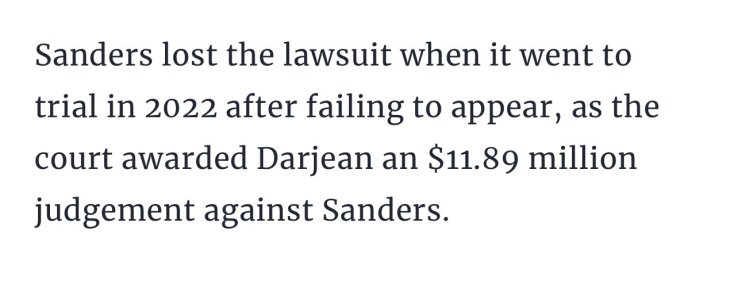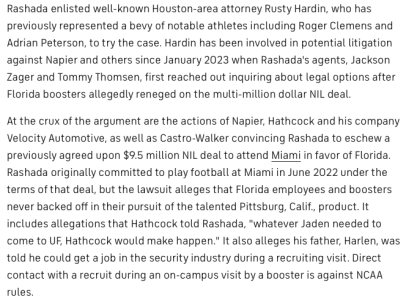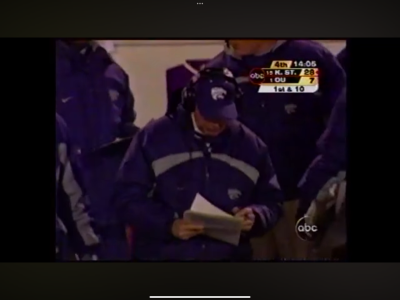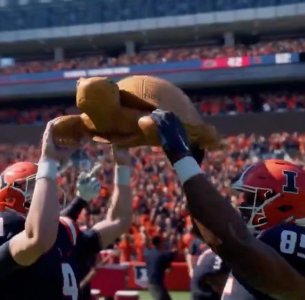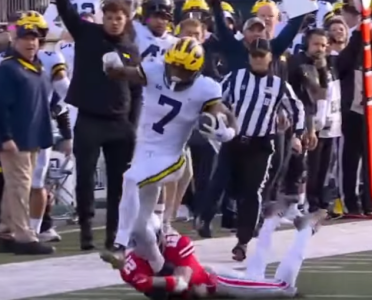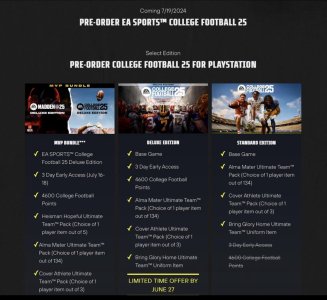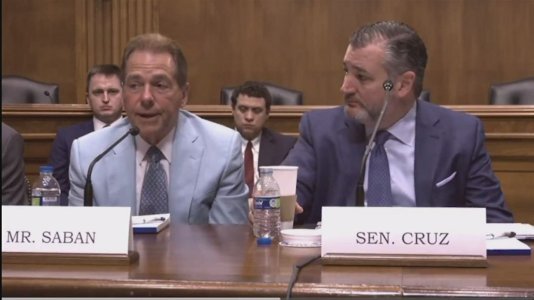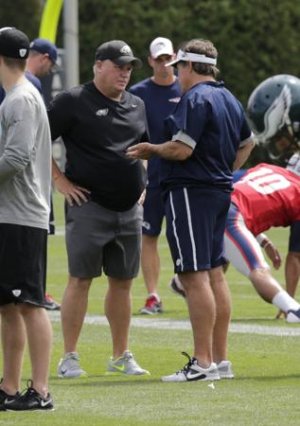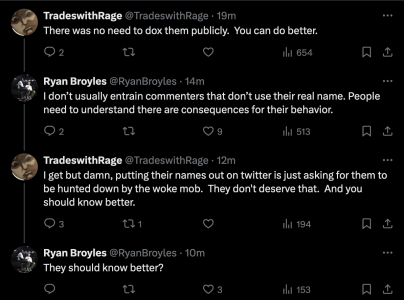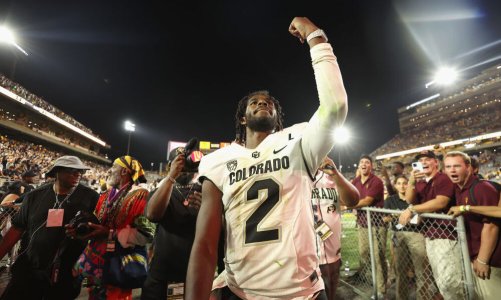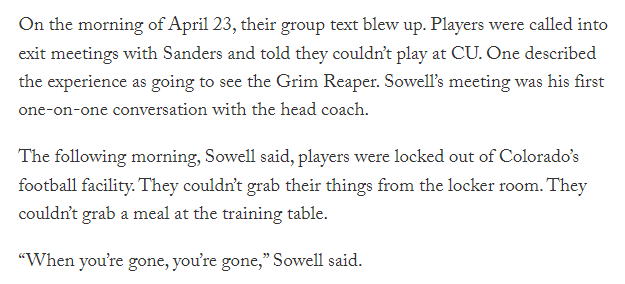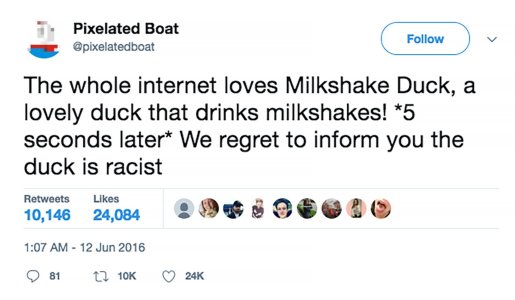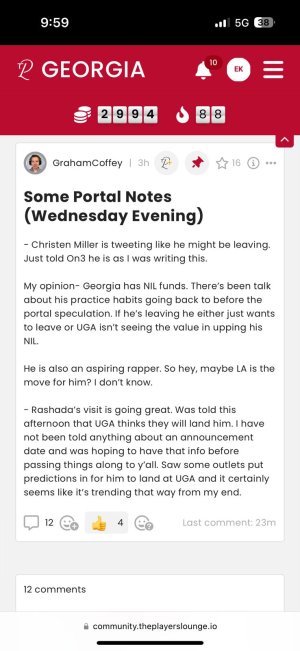- 2,951
- 1,647
- Joined
- Apr 25, 2013
Kyle Mcchord just wasnt that good. Hes not being scapegoated, everyone saw how average he was all year. Im not sure you know what you are talking about. Especially with the defense the OSU had this year, and the best WR duo in college prob. Look how many targets MHJ got vs Mich and then look how many he got vs GA. It was deff a QB problemI’m on the McCord is getting scapegoated train too.
OSU fans have been spoiled with the QB play they have gotten, and this was McCord’s first year as a starter, there’s still some upside there.
McCord and Day’s decision making during games are being used as the excuses for why they can’t beat Michigan, but I feel like the lack of player development on that roster is being swept under the rug. OSU has recruited at a elite level, but how many truly elite level players are on that roster?
The biggest difference between the two programs right now is player development, Michigan gets the most out of their guys and OSU doesn’t.


 I don’t know why Day kept him on the field with all those talented underclassmen on the sideline
I don’t know why Day kept him on the field with all those talented underclassmen on the sideline



